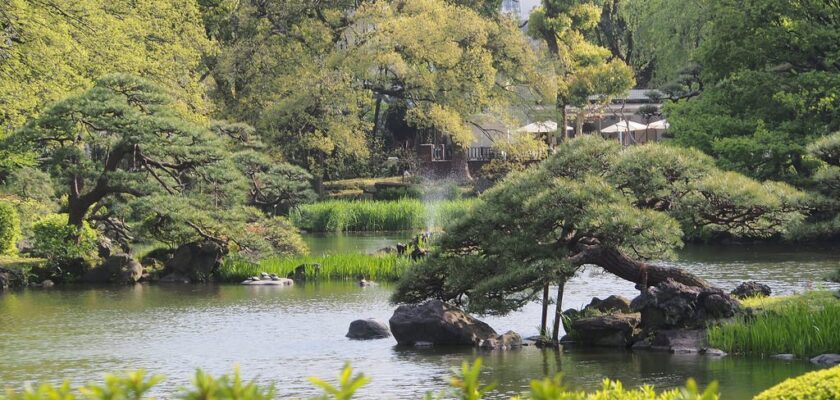The Imperial Palace in Tokyo, otherwise known as the Imperial Castle, is located in a large park area in the center of the Japanese capital, in the special Chiyoda district. This architectural and landscape complex is considered one of the main attractions of the Land of the Rising Sun and an unofficial symbol of its statehood. The palace buildings cover an area of 741 hectares and are managed by the Imperial Court Authority of Japan.
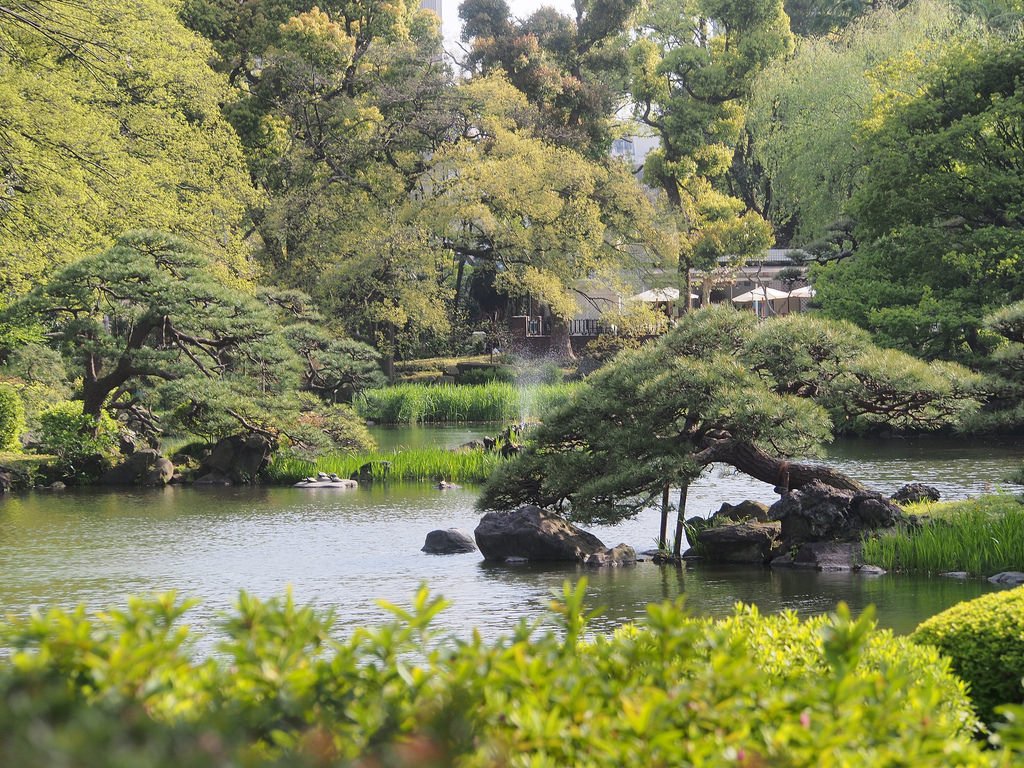
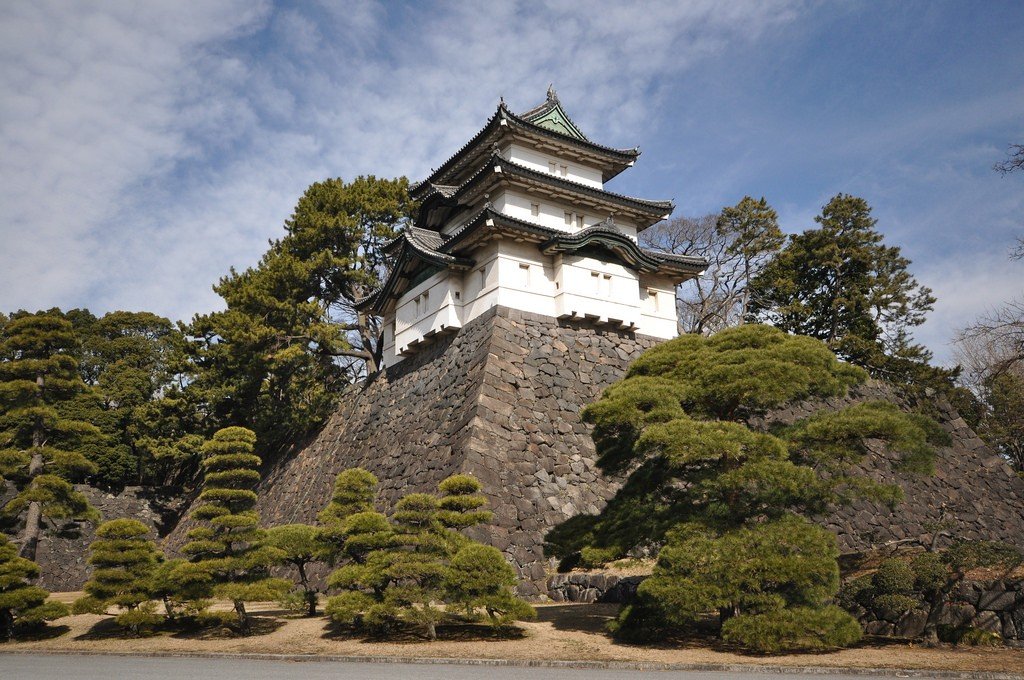
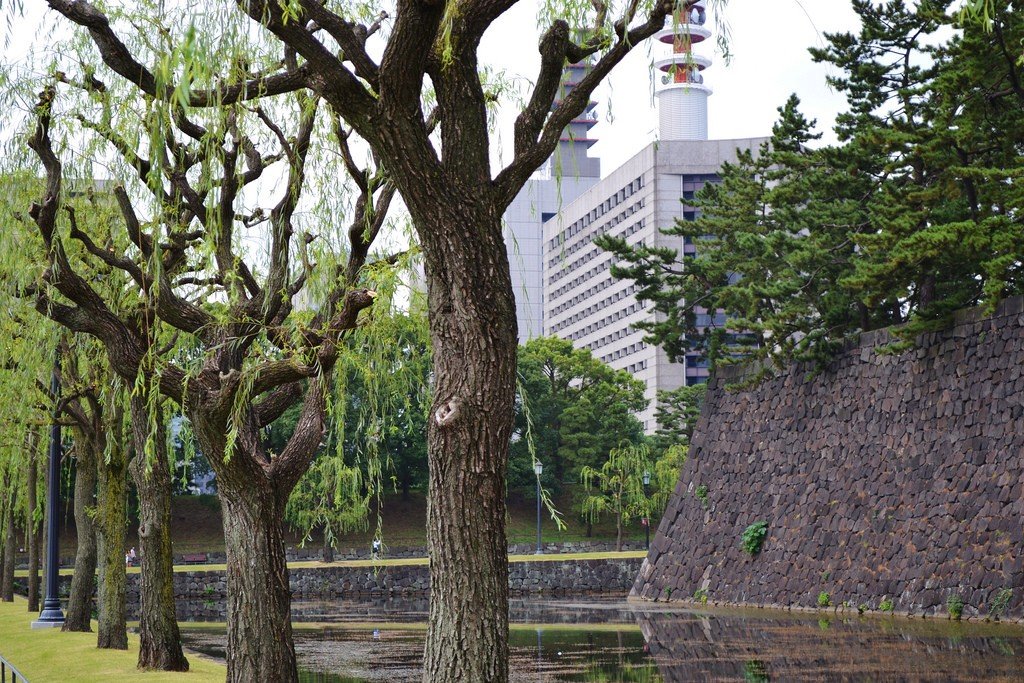
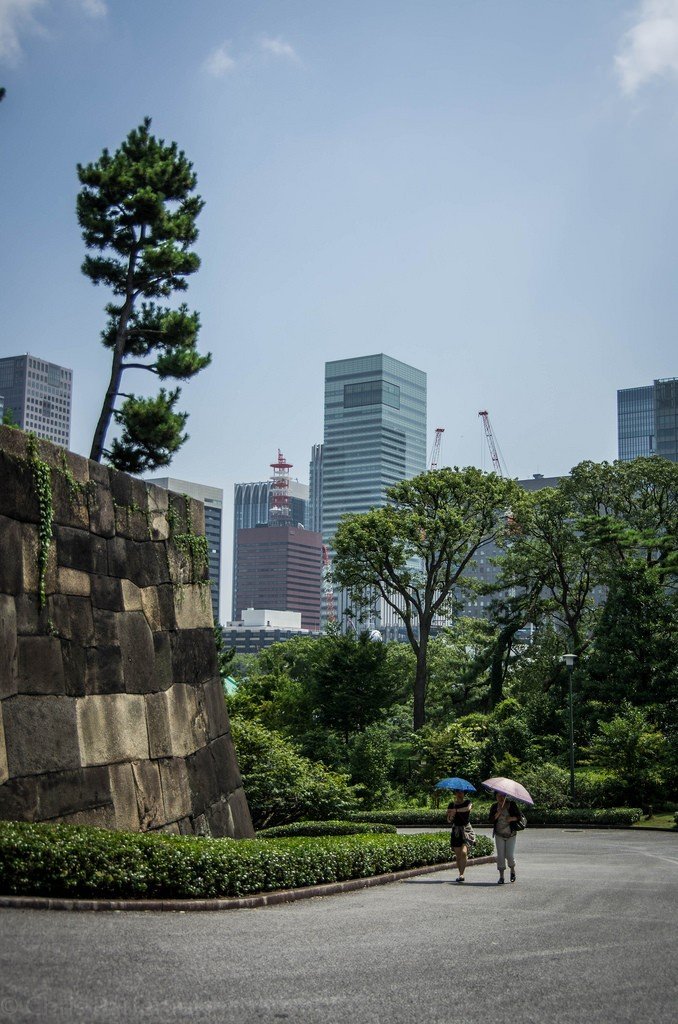
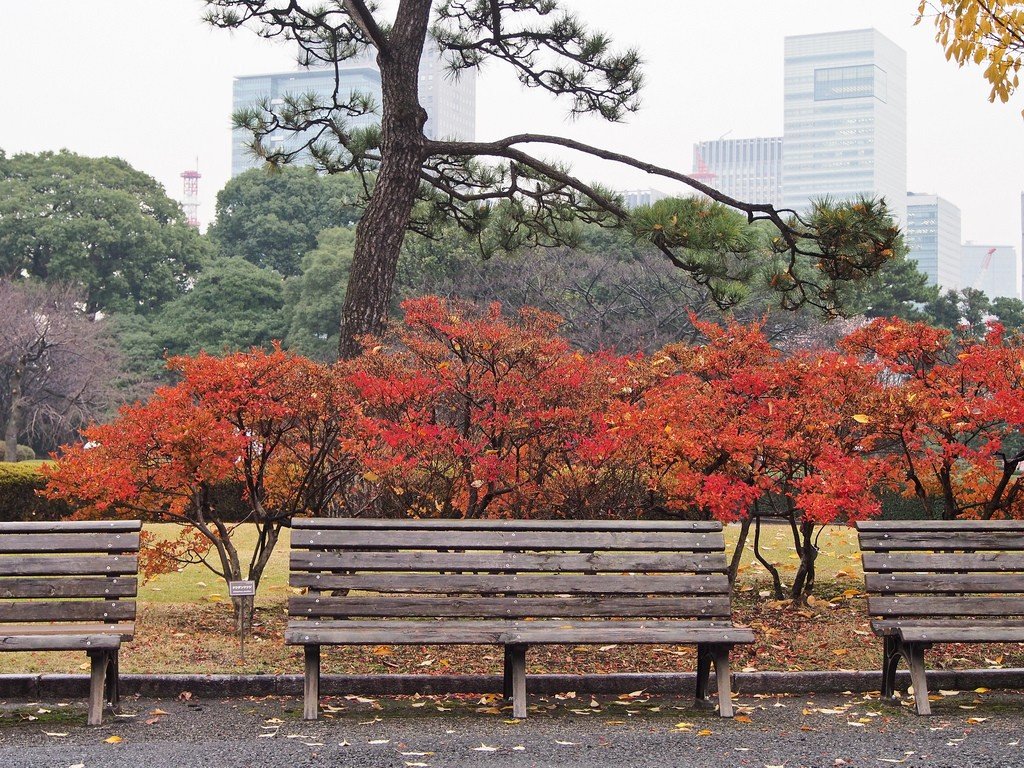
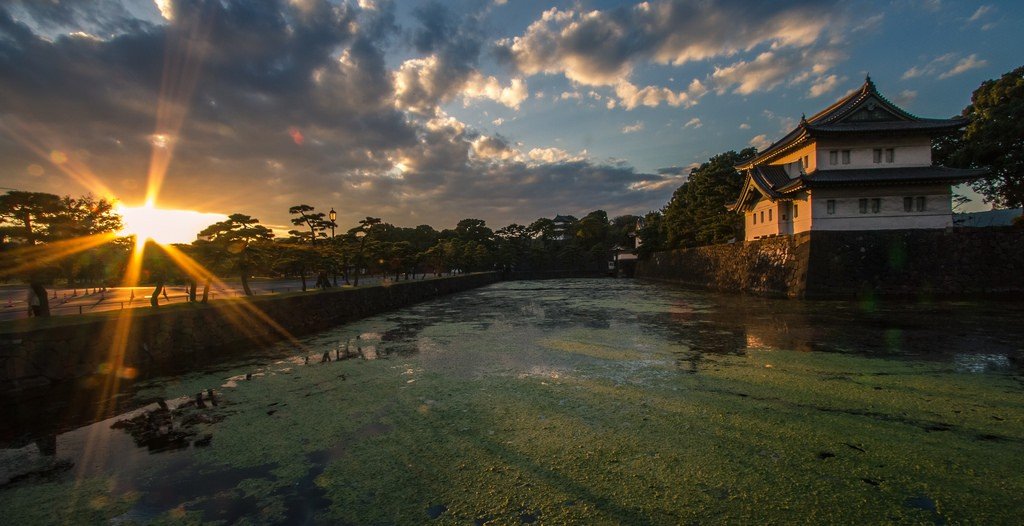
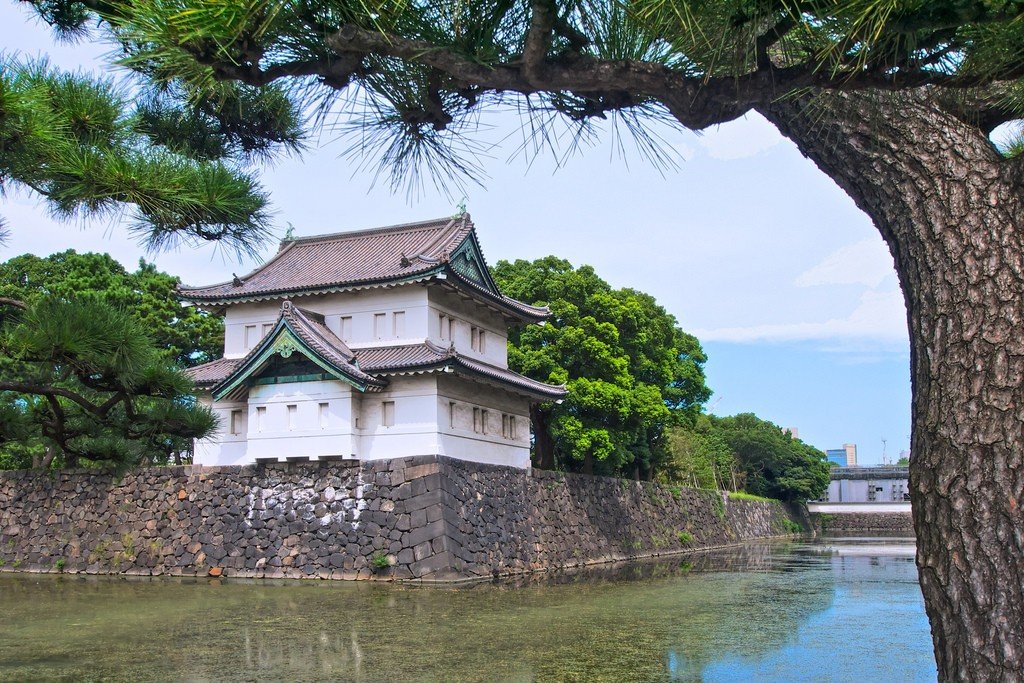
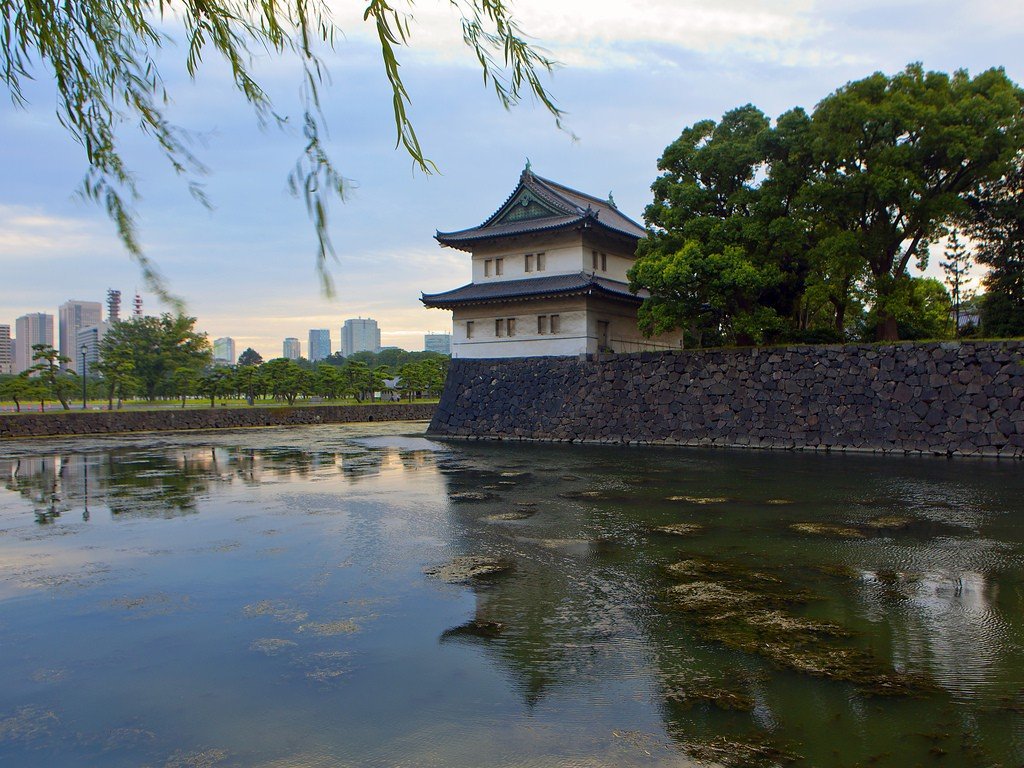
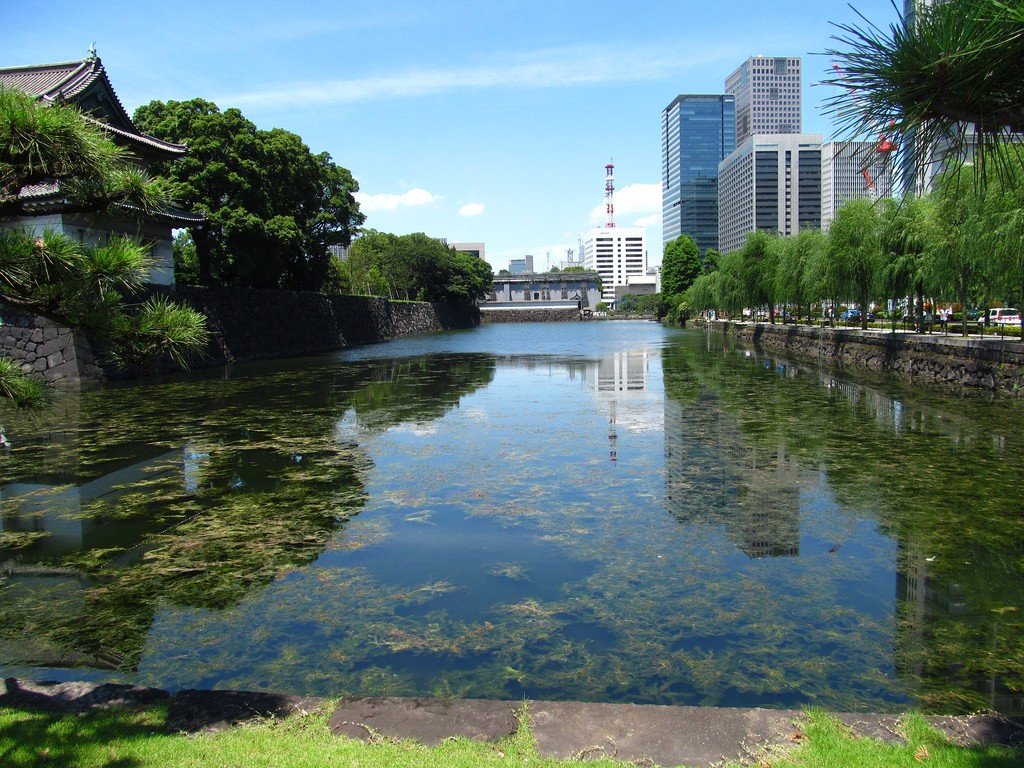
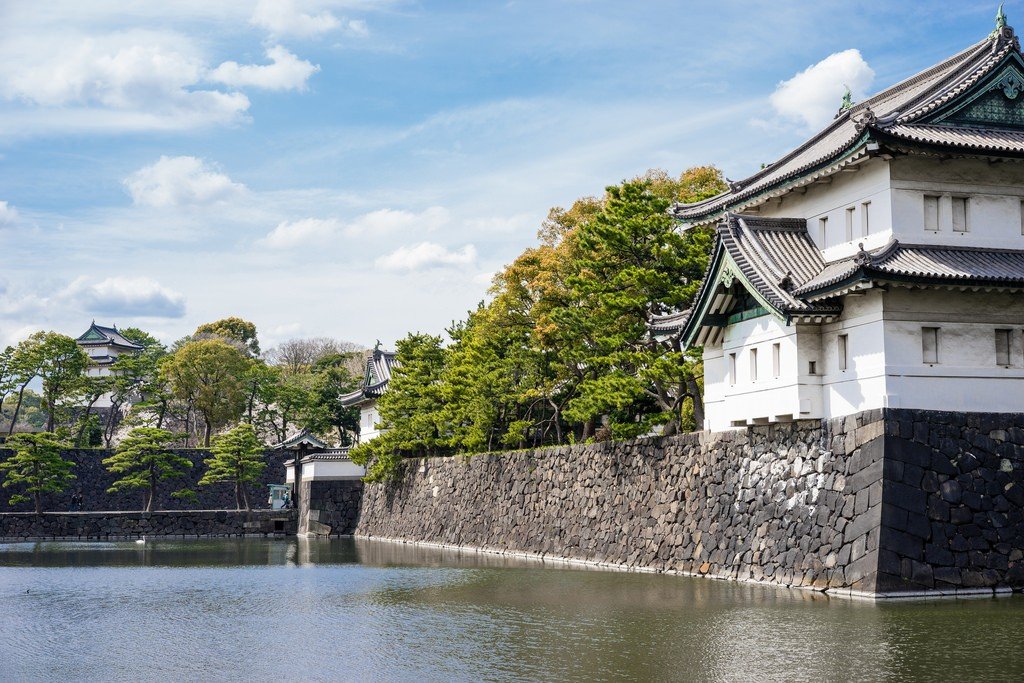
Video: Imperial Palace in Tokyo
vid% Contents- Highlights
- History of the Imperial Palace in Tokyo
- What you can see on the grounds
- Oriental Gardens
- How to get there
Highlights
The Imperial Palace neighbors government offices – parliament, ministries, court, embassies – as well as popular tourist attractions – Nippon Budokan Arena, Tokyo Station, Yasukuni Shrine, and Tokyo Forum. The snow-white building with a pointed roof, surrounded by fluffy pine trees, resembles an “oasis of tranquility” in the heart of a densely populated metropolis. The castle has two above-ground floors and one underground. It is built of modern reinforced concrete structures, but using elements of traditional architecture. The interiors of the Imperial Palace in Tokyo are also made in Japanese style and richly decorated with valuable woods. There are several rooms for audiences and receptions, banquet and dining halls, an office for the emperor’s work, and other rooms.
.The Imperial Palace has been surrounded by wide protective moats with water and massive walls for centuries. They seem to shield the dwelling of the Viceroy of the Sun on Earth from the noise of the city. Nearby is the territory of a picturesque natural oasis – the Inner and Eastern Gardens. Unlike the famous castles of Europe, in the Japanese Imperial Palace there is no ostentatious wealth and luxury, its elegant architecture is emphasized strict and simple.
.
Today it is the residence of the Emperor of Japan – Akihito. In this regard, the territory of the palace complex is carefully guarded, no subway lines are built under it, and the ground space is closed to helicopters.
.Unfortunately, tourists can only admire the Imperial Palace from afar. Walking through the park alleys adjacent to it is also not possible. Visitors can only access the East Garden (Koyo Higashi Gyoen), but it should be noted that this is closed on Mondays and Fridays, as well as on any other days when the Imperial Family is participating in ceremonial events.
The Imperial Palace is not open to the public.However, there are exceptions to this rule: twice a year, after New Year’s Day on January 2 and on the Emperor’s Birthday on December 23, everyone has the opportunity to visit the Inner Gardens and see members of the Imperial Family. They appear before the public on a glassed-in balcony to greet guests.
History of the Imperial Palace in Tokyo
The dynasty of Japanese emperors is the oldest in the world. The first emperor began ruling the country as early as 660 BC. For the Japanese, their ruler is an unquestionable authority, as well as a model of honesty, dignity and modesty. According to the basic law of the country, the emperor is the symbol of the country. However, these days he has no real power in the state.
Since 1457, on the site where the Imperial Palace is now located, stood Edo Castle, which belonged to a local feudal lord, the samurai warlord Ota Dokan. From the XVII century here was the residence of the rulers (shogunats) of Japan from the Tokugawa dynasty, 15 generations of which ruled the country from 1603 to 1867. Then, during the civil war, the shogunate was overthrown, restoring direct imperial rule. The capital of the country was moved from Kyoto to Edo, which, in turn, was renamed Tokyo, which means “eastern capital” in Japanese. Thus, as a result of state transformations, the ancient castle became the residence of the new Japanese emperor.In 1873, Edo Castle burned to the ground in a massive fire, and the Japanese set about building another palace. The new palace complex for Emperor Meiji was completed in 1888. It housed the Throne Hall and the Phoenix Hall for receptions, the Western and Eastern Reception Rooms, the Far and Harvest Halls, and the Thousand Dishes Hall, where banquets were held.
.The buildings of the Imperial Palace in Tokyo were constantly destroyed by the frequent fires of the time. For example, in the 19th century, the tall palace tower, which dominated the entire castle, was burned down by a lightning strike. Even greater destruction occurred during the Second World War. The palace was badly damaged by the bombing raids that Allied forces carried out on Tokyo in the last year of the war. Direct hits severely destroyed the Imperial Apartments and the Throne Room, and the wooden buildings were burned in fires. The then ruling Emperor Hirohito was forced to hide from the bombing in the reinforced concrete basement of the palace library. It was from there, on August 15, 1945, that he addressed the nation by radio and announced his acceptance of the terms of surrender.
.
After the war, already in 1959, the Japanese government decided to rebuild the Imperial Palace in Tokyo. And if in the XIX century in the buildings, mainly used wood, then in the XX century the Japanese erected buildings of reinforced concrete and made them in European architectural traditions, so today on the territory of the complex you can see the architecture of mixed styles.
.What you can see at the complex
On the territory of the Imperial Palace do not make independent walks. It is possible to visit the Imperial Palace by special permission of the Imperial Court of Japan, only in organized tour groups accompanied by guides. Excursions for visitors are conducted in English and Japanese. They must be pre-applied for.
.The Imperial Palace in Tokyo consists of an outer and an inner part, which are connected by two bridges, the Nijubashi. The name means “double bridge” in Japanese. They can be seen from the large square that is located in front of the palace building. The stone bridge, built in 1887, is called “Meganebashchi” (“glasses bridge”) for its shape. Previously, it had two levels and was made of wood.
In addition to the Emperor’s quarters, the Imperial Laboratory and the three palace shrines, which are located to the west of the new imperial palace, can be seen within the complex. The palace complex also includes a museum with about 10,000 works of art preserved by many generations of emperors. Among the palace pavilions, the building of the Imperial Shrine Palace, designed for religious ceremonies, deserves special attention. One of the most revered imperial regalia, the sacred necklace, is kept there.
On the grounds of the Imperial Palace in Tokyo is the Tokogakudo Concert Hall, also called the Peach Music Hall. This unusual in architecture building was erected in 1963, deciding in this way to celebrate the 60th anniversary of the wife of the previous emperor. The musicians of the small orchestra created in the palace often perform here. They perform both traditional Japanese music and works by European composers. All members of the imperial family love music lessons, and many of them play various instruments quite well. And of the famous Russian musicians, Mstislav Rostropovich and Yuri Bashmet have played in the palace’s concert hall.
.Curiously, only the Emperor of Japan himself and his wife permanently reside in the Imperial Castle. The family of the prince heir and the family of the imperial couple’s second son live in another part of Tokyo.
.
Oriental Gardens
The green parkland surrounding the palace complex was developed and became free to the public in 1968. In former times, these grounds were an integral part of the defense of the Japanese ruler’s residence. There was a whole system of fortifications created to prevent enemy troops from breaking through to the place where the emperor and his inner circle lived. To our days, these defenses have not survived. However, if you climb the hill of the first circle of defense – the so-called inner citadel “Honmaru”, the view opens a wide area with the remains of a rectangular stone base. On this spot stood the highest tower in the country, intended for the defense of the castle. It was built in 1638. However, this powerful fortification did not last long. In 1657, during a heavy fire, the huge tower burned down and was not rebuilt.
.
Virtually unchanged to our days, the watch gate “Banse” has survived to this day. This was the place where all visitors heading to the palace were carefully inspected by the imperial guards.
.
The second circle of defense of the ancient Edo Castle (“ninomaru”) is now occupied by the trees and shrubs of a luxurious Japanese garden. It is especially nice here in the fall, when the leaves of the “momiji” maples turn purple and bright yellow.
.
How to get there
The Imperial Palace in Tokyo is located in the city’s Chiyoda district. It is only a 10-minute walk from Tokyo Station and Tokyo Subway Station. The gardens area is open to guests every day except Mon, Fri and days when official events are held there. Visits are free of charge. From April to August you can visit from 9.00 to 17.00, in September, October and March – from 9.00 to 16.30, and from November to February – from 9.00 to 16.00. Entrance to the gardens closes half an hour before closing time.
.